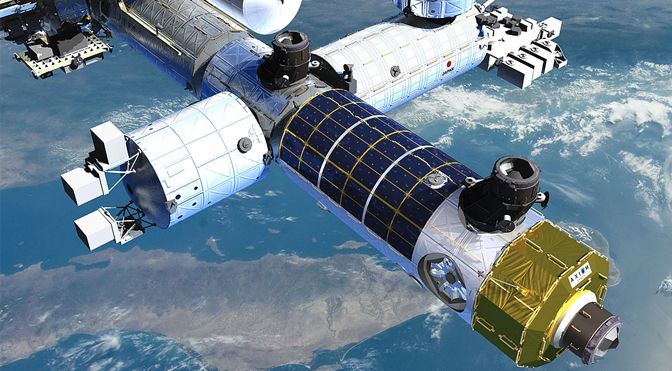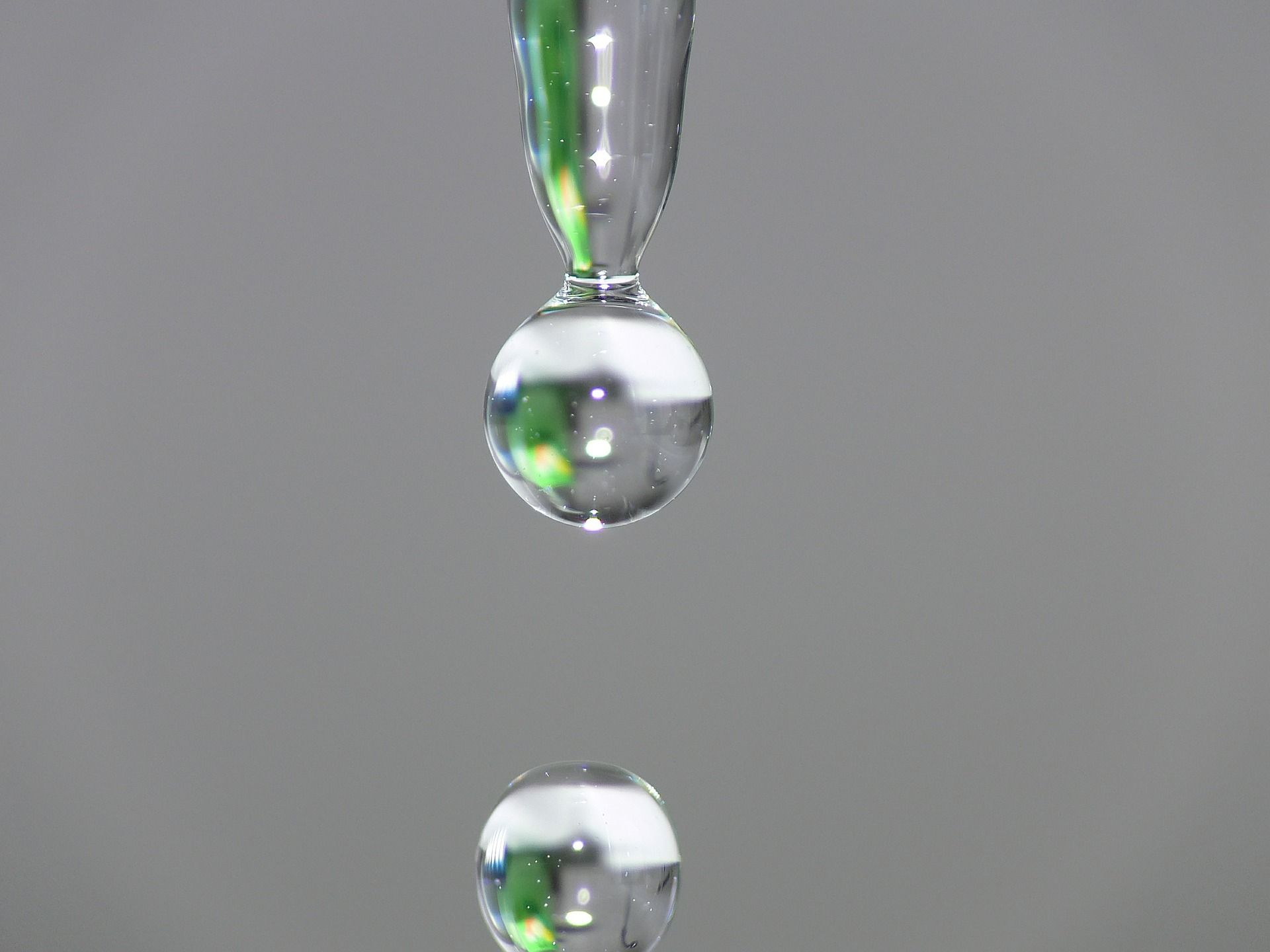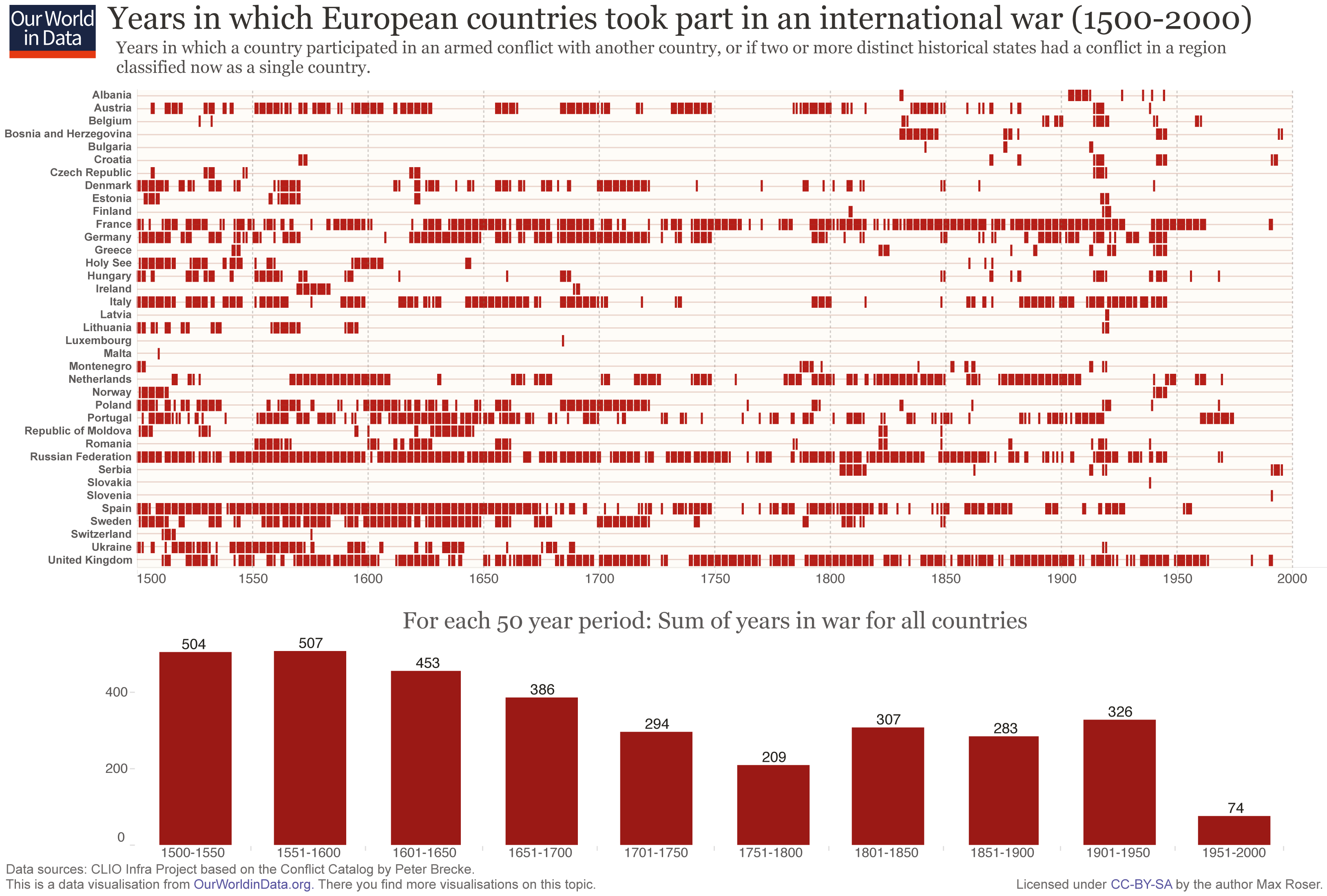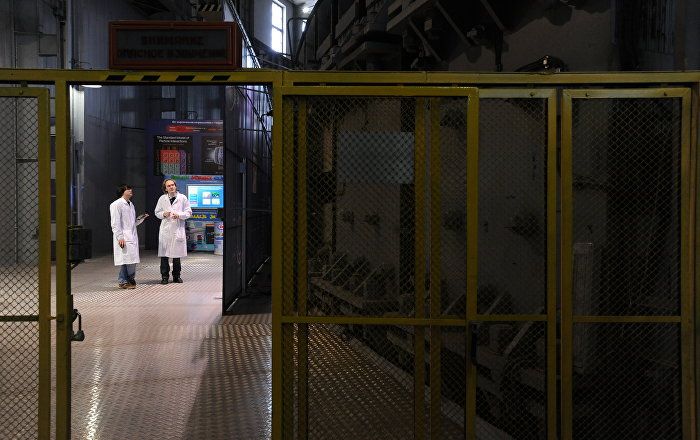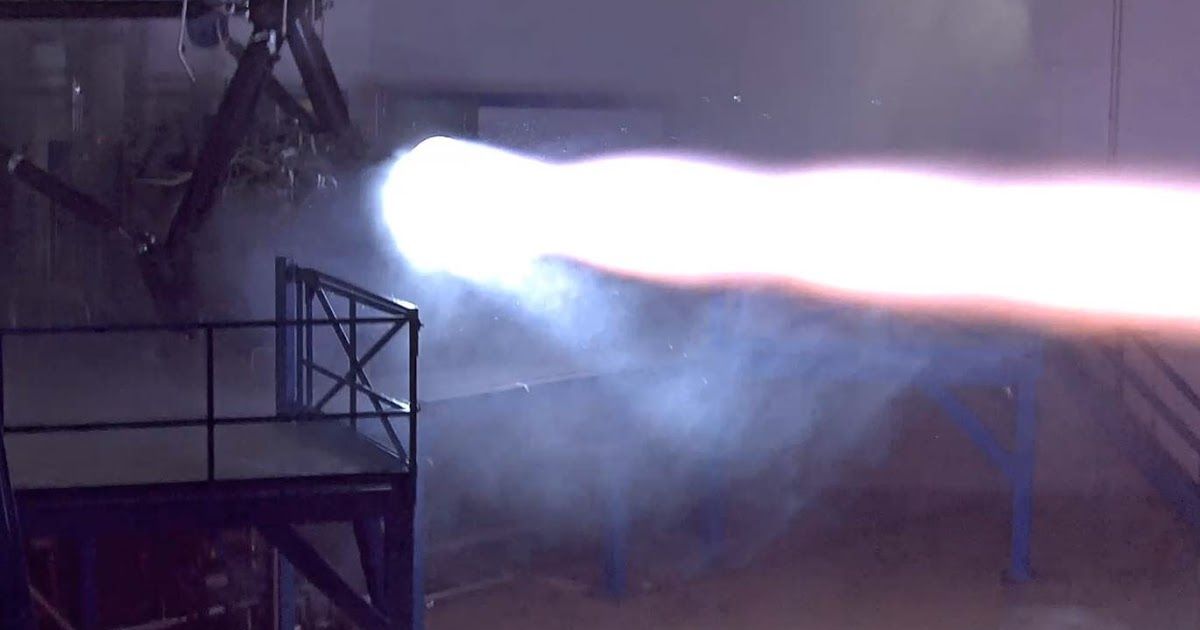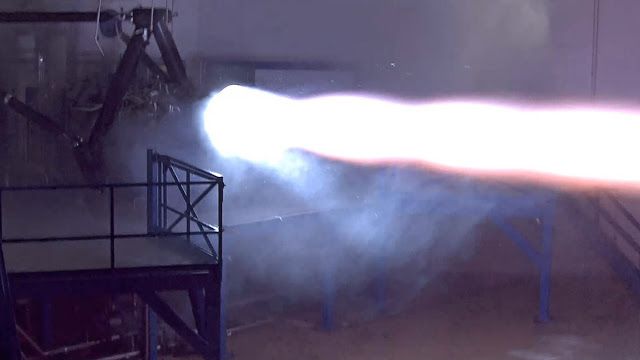The International Space Station is getting on in years, and at some point in the next decade we’re going to learn the date of its shutdown. But what comes next? A new company called Axiom Space has a plan to launch a commercial space station in the next few years, which would get its start as a module attached to the ISS.
It’s easy to shrug off a plan from a company you’ve never heard of, but Axiom has some big names on board. For example, it’s led by one Mike Suffredini, who managed NASA’s ISS program for 10 years. The time is fast approaching that we need to come up with a successor to the ISS, and Axiom’s commercial station could be it.
The plan calls for the core module to be launched around 2020. There are two versions of this phase of construction; one in which the 9×5 meter module (known as Module 1) is launched in one piece, and another where it’s sent up in pieces and assembled in orbit. Assembling in space would take longer, but sending it up as a single payload would be expensive and risky. The completed Module 1 will have its own propulsion, so it will fly to the ISS after reaching orbit.
